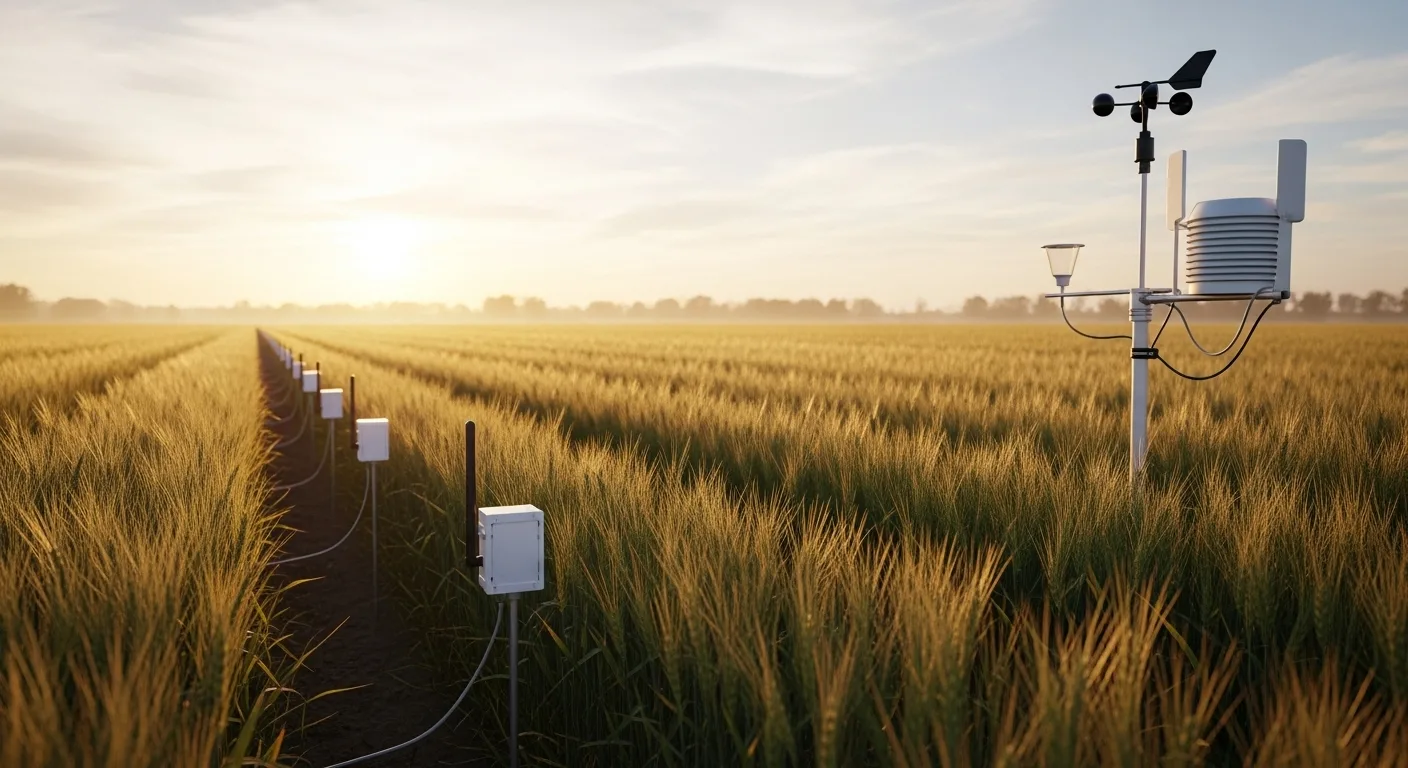Soil speaks. Sometimes through a crack, a wilted leaf, or a delay in crop growth. But understanding this silent language has never been easy. Today’s farmers no longer rely solely on their eyes to interpret nature’s subtle signs—they read them through data. Field sensors, one of the most powerful manifestations of agricultural digitalization, have begun keeping a diary of the soil. And these diaries don’t just document the present; they plan for the future.
Where Soil Meets Technology
Sensors, a cornerstone of smart agriculture, are small yet powerful devices placed throughout fields. These sensors enable the real-time collection of data such as:
- Soil moisture levels,
- Temperature and pH values,
- Weather conditions,
- Plant growth metrics,
- Sunlight exposure duration,
- Risks of diseases and pests.
This data is analyzed and presented to farmers as actionable insights, transforming them from instinct-driven workers into empowered decision-makers armed with information.
What Is a Field Diary? What Does It Tell?
Data from field sensors forms a digital diary, with each page capturing the field’s mood for the day:
- “Soil moisture dropped below critical levels today; irrigation is needed.”
- “Last night’s temperature fell below freezing; there’s a risk of frost.”
- “Rising humidity in the area has increased the risk of leaf mold.”
These insights not only alert farmers to issues but also provide opportunities to implement preventive agricultural practices in a timely manner.
Smart Decisions with Sensor Data
A field that speaks through data enables:
- Improved irrigation efficiency: Unnecessary water use is minimized.
- Optimized fertilization: Dosage and timing are tailored to the plant’s needs.
- Time and labor savings: Remote monitoring replaces the need to physically inspect fields.
- Minimized yield losses: Early detection of disease and stress indicators.
This transformation makes agriculture not only more efficient but also environmentally friendly and sustainable.
From Large Fields to Small Gardens: Accessible to All
Sensor technology isn’t just for large operations—it’s also accessible to medium and small-scale farmers. Today, sensor systems integrated with mobile apps offer user-friendly interfaces that provide clear reports for everyone. Even a balcony garden in the city can benefit from a moisture sensor to optimize watering habits. In essence, technology is transforming not only yields but also our relationship with nature.
A Data-Driven Ecosystem
Collecting data is just the beginning; interpreting and acting on it is the real challenge. Sensor-driven fields don’t just create “smart” systems—they build responsive ones. Over time, accumulated data allows farmers to:
- Compare with previous years,
- Identify the impacts of climate change,
- Make more accurate predictions for future seasons.
Fields are no longer just places of production; they are living spaces that communicate, evolve, and adapt.
Soil That Speaks, Not Just Listens
In traditional agriculture, soil was listened to. Now, it speaks. And we hear it through data. Sensor-driven field diaries are not just silent witnesses to agriculture’s evolution from past to present—they are active participants. The future of agriculture lies not only in seeds but in knowledge. And that knowledge is now quietly rising from the depths of the soil to digital screens.


